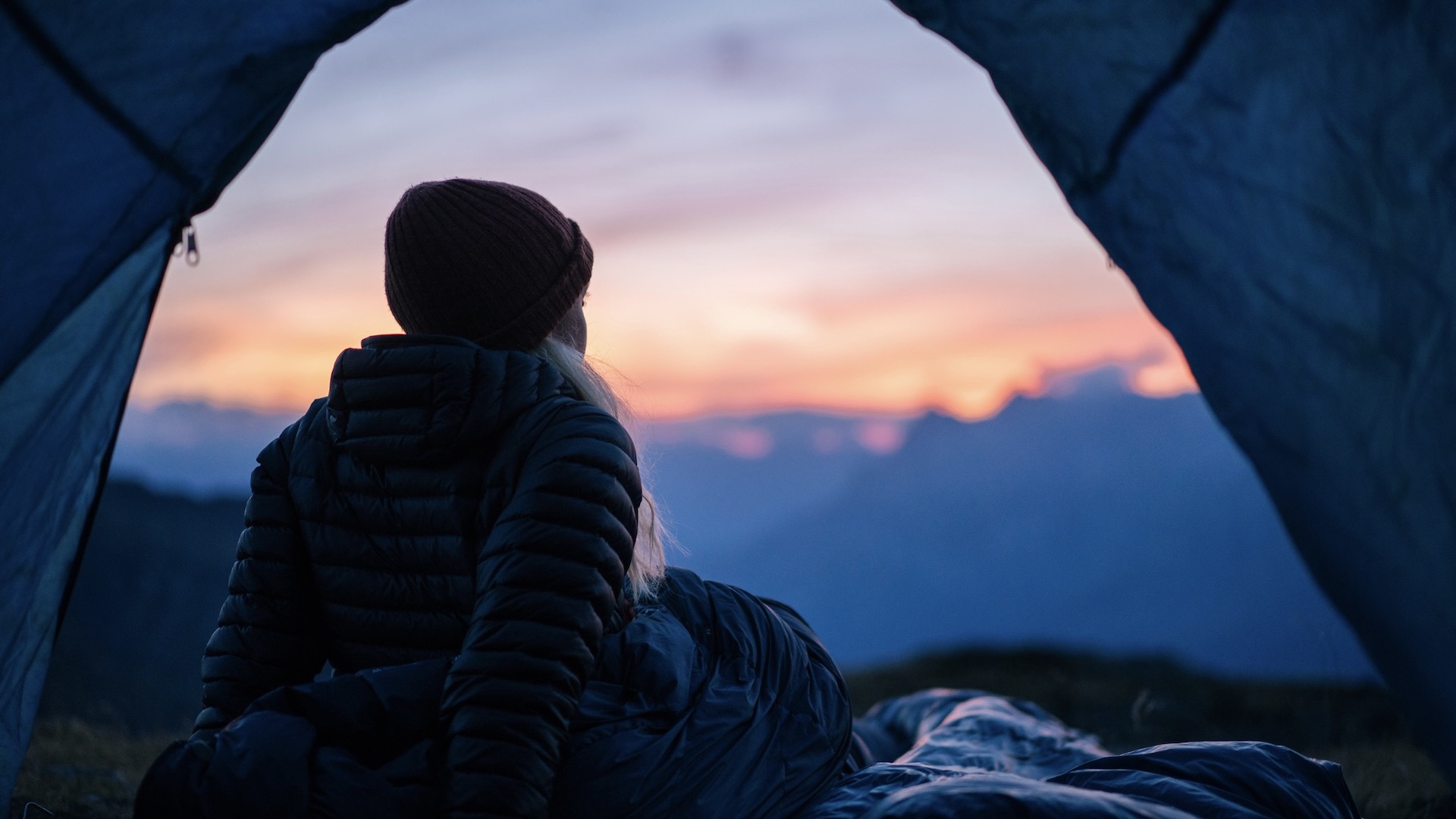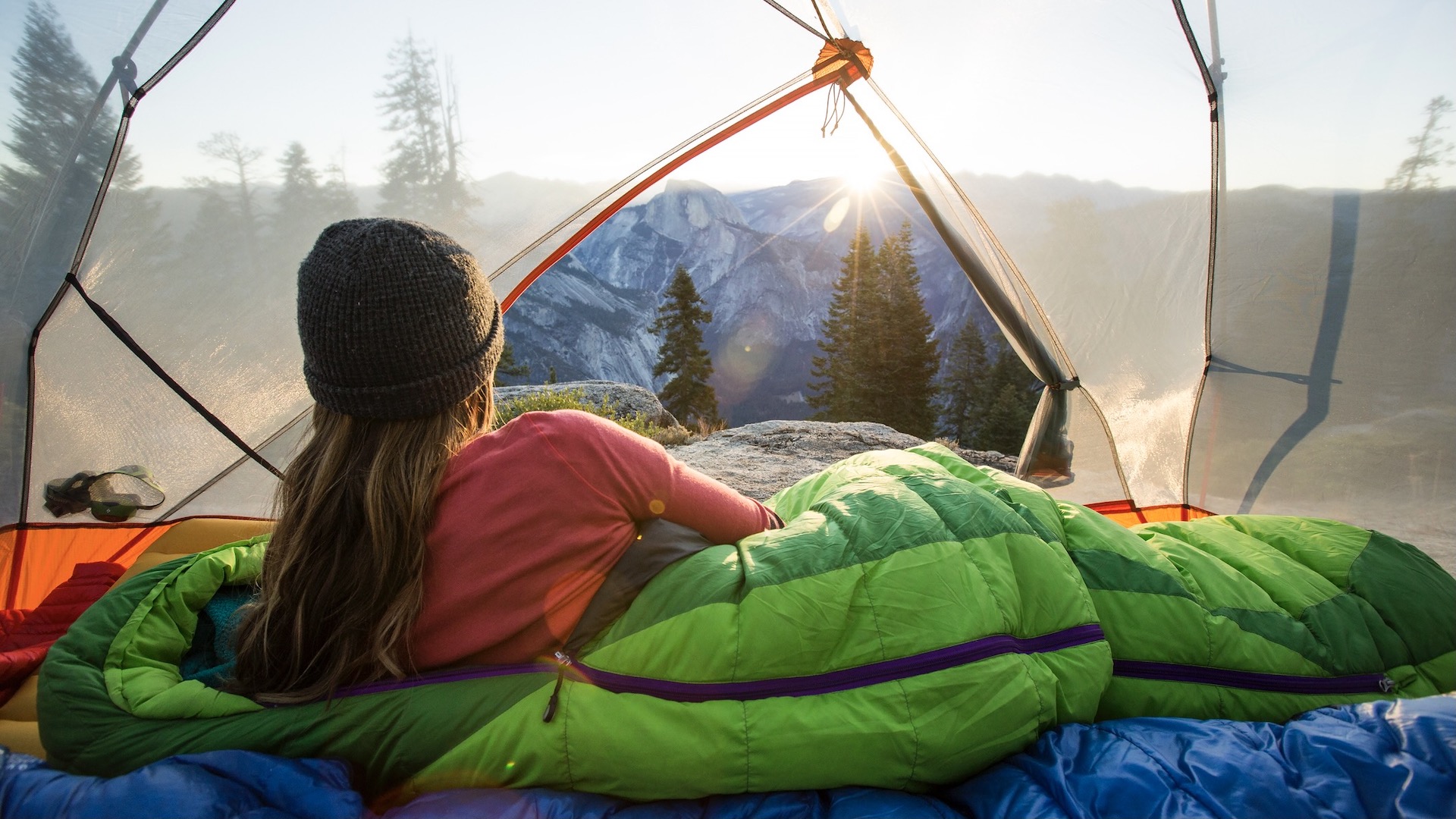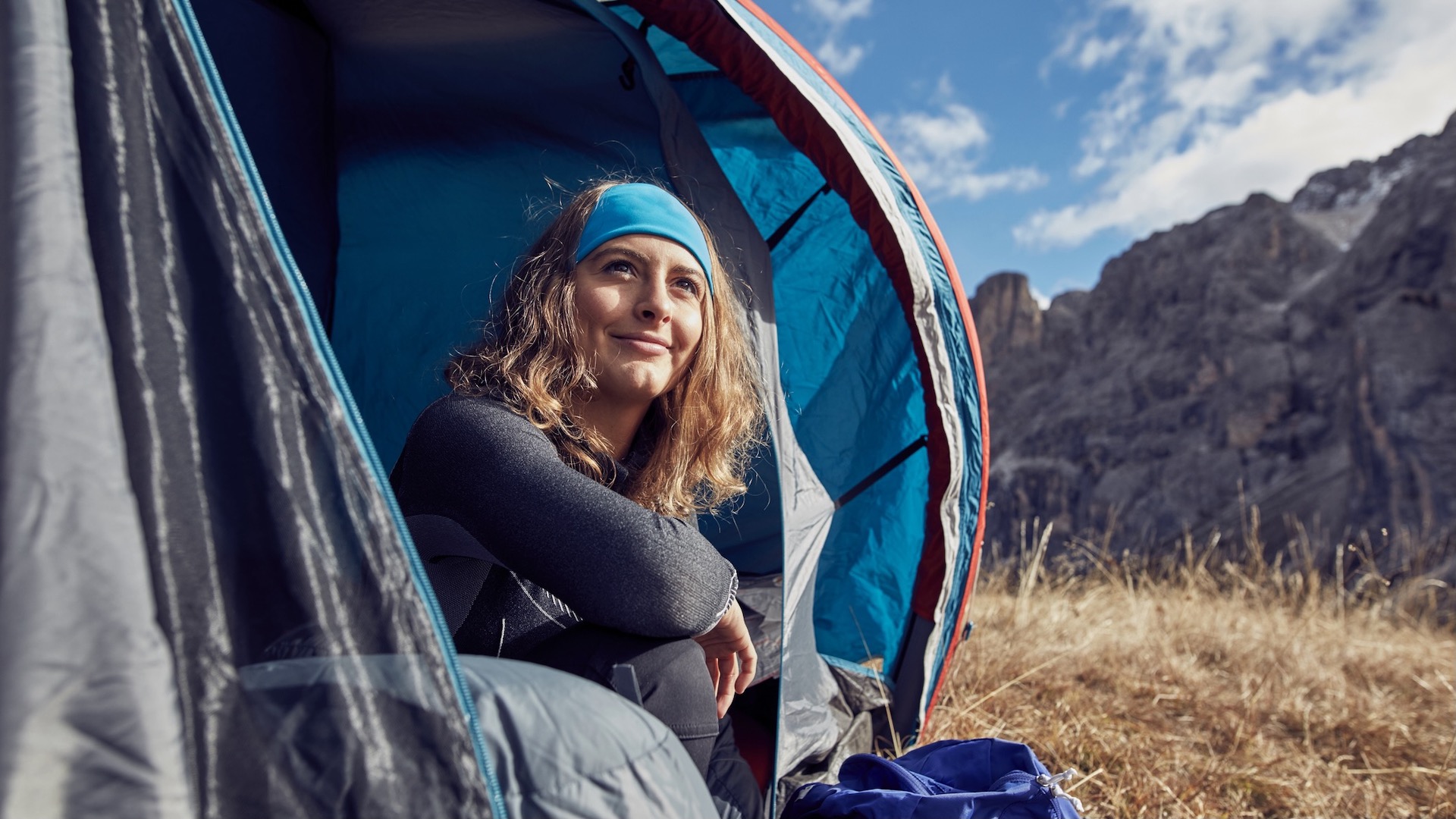Are women really cold sleepers? And what does this mean for camping?
We get an expert view on women's temperature when sleeping – and offer some solutions for a good night's sleep under the stars

It is generally accepted that women get colder than men – and more quickly when spending time outdoors. Of course, this is not true for all women, but anecdotally it does seem to be true that when spending time outdoors women complain more of cold hands, feet and generally being chillier.
But does this mean that women are “cold sleepers” too? Is there medical evidence to show that women get colder at night, especially when camping? And is this something that can be corrected with the best sleeping bags, or is there more to the story?
According to one medical expert, Dr Martin Kinsella, there is a physiological explanation. He said: “Because women typically have less muscle mass and evaporate less heat through the pores in their skin, they may feel colder than men generally and at night.”
In addition, he said that age and ageing can also further impact how warm or cold we are. This applies to men and women. Dr Kinsella explained: “Our circulation decreases with age because the walls of our blood vessels lose their elasticity. When blood moves more slowly through our bodies, our extremities get colder quicker.”
However, the hormone expert adds that the warmth, or core body temperature, of a woman can fluctuate. Dr Kinsella, who is based at re-enhance clinic in Cheshire, added: “A woman’s temperature can fluctuate a lot during their menstrual cycle or because of hormone changes that occur within their cycle or during different periods of their life, such as pregnancy and menopause.”
This can be furthered impacted at night-time. Dr Kinsella said: "Body temperature starts to fall as bedtime approaches, paving the way for a good night’s sleep. Body temperature has a circadian rhythm and in women who ovulate it also has a menstrual rhythm. Body temperature and sleep are closely related.
“Hormonal imbalances can lead to night sweats and hot flushes and many women experience night sweats as part of premenstrual syndrome due to the fluctuations in oestrogen and progesterone.
All the latest inspiration, tips and guides to help you plan your next Advnture!
“Night sweats and hot flushes are also common symptoms of menopause, caused by drops in oestrogen and other hormone changes. Pregnancy also leads to hormone changes that affect the body temperature."

Plan ahead to avoid a cold night of camping
Looking at all the information, when it comes to staying warm at night, especially if you are hoping to enjoy a night under canvas, it is a good idea to plan ahead.
It is possible to keep a check on when you may have hormonal fluctuations, depending on whether you are still ovulating or in the peri-menopause or menopause phase of life. In some cases, a birth control pill, a progesterone coil, such as a Merina coil, or HRT (Hormone Replacement Therapy) during menopause may help to balance hormones.
Simply being aware that you might be in a hotter or colder phase due to hormones will also allow you to plan ahead in terms of what to have with you when camping. In any case, while you might feel a little warmer at different times, the chances are women will still be "colder sleepers" compared to men.
In addition, it could be that you can't predict if you will be hotter or colder during a camping trip and therefore you need to assume you will be a "cold sleeper" on your next camping trip.

The right camping kit for cold sleepers
Whether you are a woman at the mercy of hormonal fluctuations or a man who tends to feel the cold, it is important to plan ahead with the right camping equipment for a comfortable night outdoors.
Here is a "cold sleeper" check list:
Look at the forecast. Even in summer in the UK, night-time temperatures can dip overnight so it’s worth planning ahead to ensure you have the right comfort rating for the best sleeping bag for the conditions.
Good quality sleeping bags are rated according to the seasons and most have a temperature parameter. Remember that this temperature range will be for the average person, so if you are female or you know that you get cold at night, you should buy a warmer sleeping bag.
Make sure the sleeping bag has a zip and preferably a zip that can be opened the full length of the bag. This allows you to regulate the warmth of the bag, simply by opening or closing the zip.
It might sound costly but it could be good idea to own a couple of sleeping bags with different temperature ratings.
You could also double up with a thinner sleeping bag and a heavier bag so that you can adjust what you need according to the season, the forecasted temperatures and to cope with hormonal fluctuations.
Look for sleeping bags designed for women, such as the a female version of the North Face One Bag. Many brands sell a female-specific sleeping bag in their ranges. They will usually have extra insulation where women tend to get colder, such as feet, hips and torso, as well as having a shape to suit the average female physique.
Always take an inflatable sleeping pad with you. This type of pad provides an insulated layer between the ground and your body, which helps to keep you warm. Check out the best sleeping pads for women.
A silver blanket (the type that you might be handed at a race) can provide extra insulation. Place it under the inflatable mattress or between the mattress and your sleeping bag. Try to find a blanket that doesn’t make a crinkling noise as you move about.
Take spare layers. Some women find that it’s better to have a lighter weight sleeping bag but take extra clothing layers, such as an insulated jacket and warm leggings, socks and gloves. Remember a hat as well because you can lose a lot of heat from your head. This means you can add or remove layers according to how warm you are throughout the night.
A small hot water bottle can be really useful as you head to bed while camping.
Knowing that you are a "cold sleeper" and likely to be more so because you are female is helpful when planning a night of camping. Taking all the right kit with you will mean you get a better night's sleep under canvas.

Fiona Russell is a widely published adventure journalist and blogger, better known as Fiona Outdoors. She is based in Scotland and is an all-round outdoors enthusiast with favorite activities including trail running, mountain walking, mountain biking, road cycling, triathlon and skiing (both downhill and backcountry). Aside from her own adventures, Fiona's biggest aim is to inspire others to enjoy getting outside and exploring, especially through her writing. She is also rarely seen without a running skort! Find out more at Fiona Outdoors.
